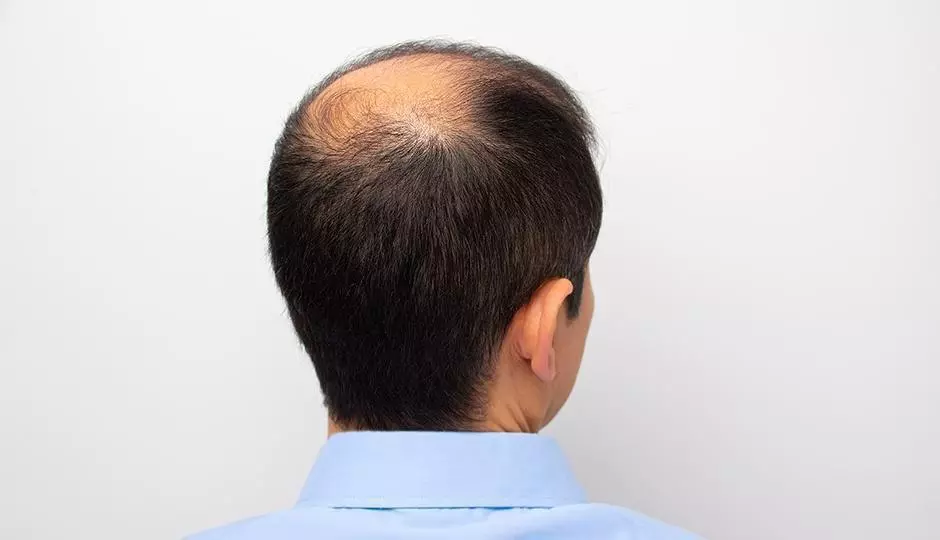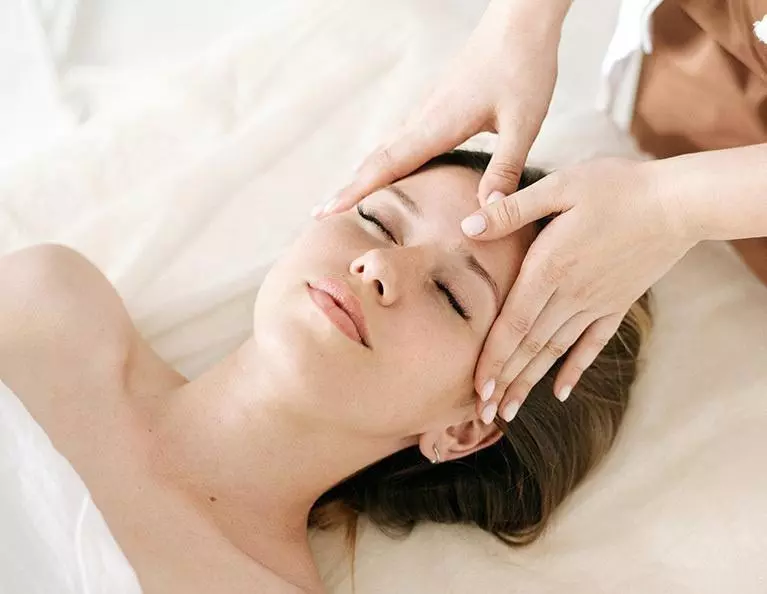Male pattern hair loss is something we’ve all heard about. Female pattern hair loss, meanwhile, isn’t discussed nearly as often. Yet, it is fairly common—and knowing its signs and symptoms is critically important. Being able to recognize female pattern hair loss when it begins allows women to begin treatment sooner rather than later—thereby increasing the likelihood of that treatment proving effective. In this post, we’ll discuss female pattern hair loss from a few different perspectives—including its causes, effects, and potential treatments. We’ll end with a few helpful notes about hair replacement for women who have already lost a significant amount of their hair.
Causes of Female Pattern Hair Loss
Female pattern hair loss is one of the most common causes of thinning hair in women. It is caused, most directly, by a disruption to the normal hair growth process. This process involves a regular cycle of hair growth, followed by hair shedding, in which old hairs are discarded to make room for new ones. Some shedding is normal, then, but women with female pattern hair loss are not replacing the hairs that they are losing—causing thinning and potentially baldness.
There are many reasons why women might have female pattern hair loss, and scientists are not completely clear on what triggers this condition. However, it is generally thought to be a combination of aging, family history, and hormonal changes, such as menopause.
Identifying Female Pattern Hair Loss
It is sometimes said, erroneously, that female pattern hair loss is identifiable by the presence of many shed hairs on your pillow or hair brush; or, by clumps of hair falling out, possibly in the shower. These claims are misleading, because again, the issue is not shedding hair; it’s the failure to replace that hair. Simply finding hairs on a pillow or hair brush is not in and of itself cause for worry. And losing clumps of hair, while certainly something you’ll want to have addressed, is not consistent with female pattern hair loss.
Instead, female pattern hair loss can indeed be identified by a pattern. Crucially, this is not the same pattern that is seen in male pattern hair loss. Usually, women will notice their hair thinning at the top/crown of their head. The hair loss will then spread through the hair part. The front hair line may recede, too, though female pattern hair loss rarely progresses to complete baldness, as it can in men. If you recognize this pattern, it’s vital to seek diagnosis and treatment sooner rather than later, as early intervention can be key to successfully curbing the effects of female pattern hair loss.
Diagnosis and Treatment for Female Pattern Hair Loss
To receive a diagnosis, we recommend visiting us at New Look Institute. We offer trichological testing, which looks at the health of the scalp as well as the structural integrity of the hair. This will allow us to determine the true cause of your hair loss, and then to recommend a personalized course of action. This testing is painless and non-invasive, and we do all of it in a private and comfortable setting.
As for treatment, there are many different options for addressing female pattern hair loss. Laser therapy and topical solutions can sometimes work quite well to treat thinning hair. To find out which course of treatment is best for you, visit us at New Look institute today.
Hair Replacement Options
For women whose hair loss has already progressed dramatically, there are also options available for hair replacement. Hair systems can allow you to look and feel like yourself again, without the need for surgery. Some women may also prefer wigs, hair extensions, or toppers.
The important thing to know about female pattern hair loss is that there are always ways to deal with it. It all begins with knowing the signs and patterns to watch out for, then seeking treatment as soon as possible. At New Look Institute, we love showing women the hope they have for full and healthy hair. To start that process, we invite you to schedule an appointment today.







